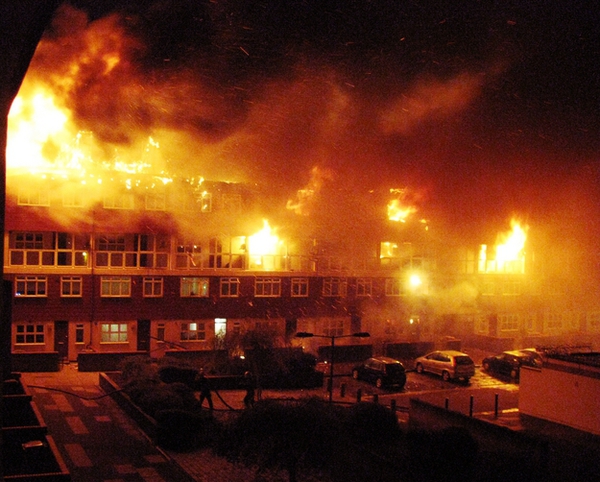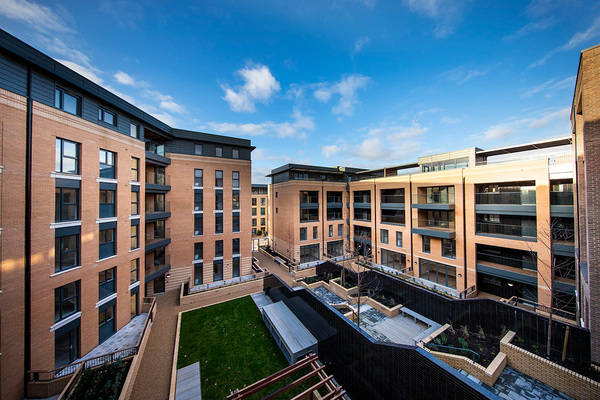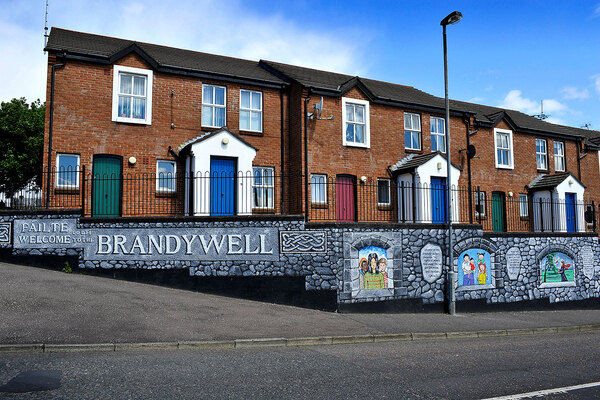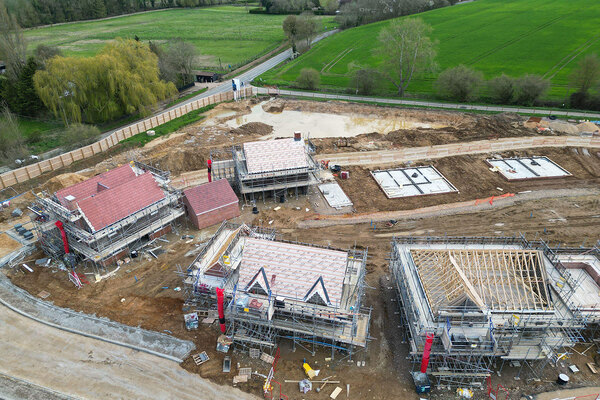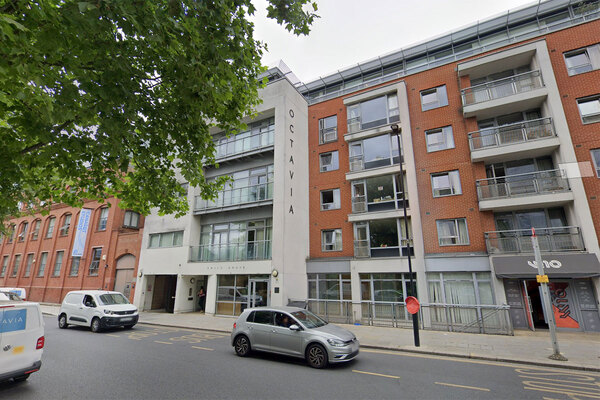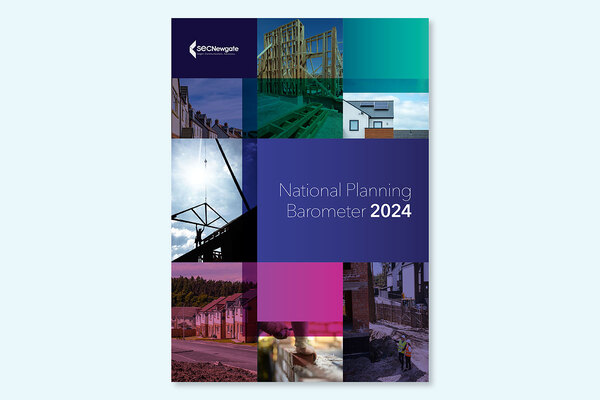Timber frame is safe
Timber frame became the scapegoat for site fires but they are now setting the safety standards, says Andrew Carpenter
In January this year I joined the UK Timber Frame Association as chief executive. I joined the organisation at a time when some circles of the construction industry were closely following the much-reported and often misrepresented issue of fire on timber frame construction sites. Prior to my appointment I read every news item from the trade press (including Inside Housing’s article ‘Timber frame fires more damaging’, 27 August 2010) and asked myself the question - what really is the issue here?
Since my appointment, I’ve reached a very firm conclusion - timber frame has become the scapegoat for the issue of construction site fires, which is something that affects the entire construction industry.
There are a few issues going on here. First, fires on construction sites are often confused with fires in completed buildings - the two issues are entirely separate. Second, fire on construction sites is not a unique issue of the timber frame sector. You only have to read Inside Housing statistics to see that just 12.5 per cent of fires on construction sites in 2009/10 were timber frame (‘In the frame’, 8 October 2010).
Does that mean that 87.5 per cent were another form of construction? According to the same set of statistics, 802 timber frame fires were attended by UK fire brigades in the same year. But I take it that’s fires overall, including completed dwellings and construction sites?
Which brings me on to my third point. We know from our own experience of trying to understand and interpret fire statistics that it’s a minefield. Data from one brigade is reported entirely differently to the next brigade without any continuity across the UK. Definition of method of construction is largely reliant on the interpretation of the first officer on the scene and, in its crudest sense, with the greatest of respect to the fire service, they are not construction experts.
So where does all this lead? In the past couple of years, the timber frame industry has come under extreme pressure, and quite rightly, to do something about timber frame construction site fires. I could fill this entire magazine detailing all the initiatives we have in place and ongoing to protect the future of timber frame construction in the UK - but every building in the UK has been scrutinised by the most robust building regulations in the world, which by government standards makes them all safe upon completion.
In an attempt to set the record straight we’ve asked our own questions of the UK’s leading housing associations to try to understand their position on the future use of timber frame construction. We asked them all if they would specify more timber frame in the future and 63 per cent said they would, largely because of achieving higher codes of sustainability and to be more cost effective. Nearly half said they weren’t sure if they would build more in timber frame than their current levels. However, all the respondents agreed that timber frame is the most sustainable form of construction and forms a critical part of the UK’s ability to achieve zero carbon homes.
Later this year, we will hold the first UK summit that brings together all the organisations that have a vested interest in reducing fires on construction sites. At this London event, to be hosted at Royal Institute of British Architects, we will be sharing the best practice that should be applied to all construction sites regardless of the build method.
Finally, timber frame might have been the scapegoat for construction site fires, but one thing is for sure, the UKTFA will be known as the organisation that set a new standard on fire risk management by which all construction sites will be measured.
Andrew Carpenter is chief executive of the UK Timber Frame Association

